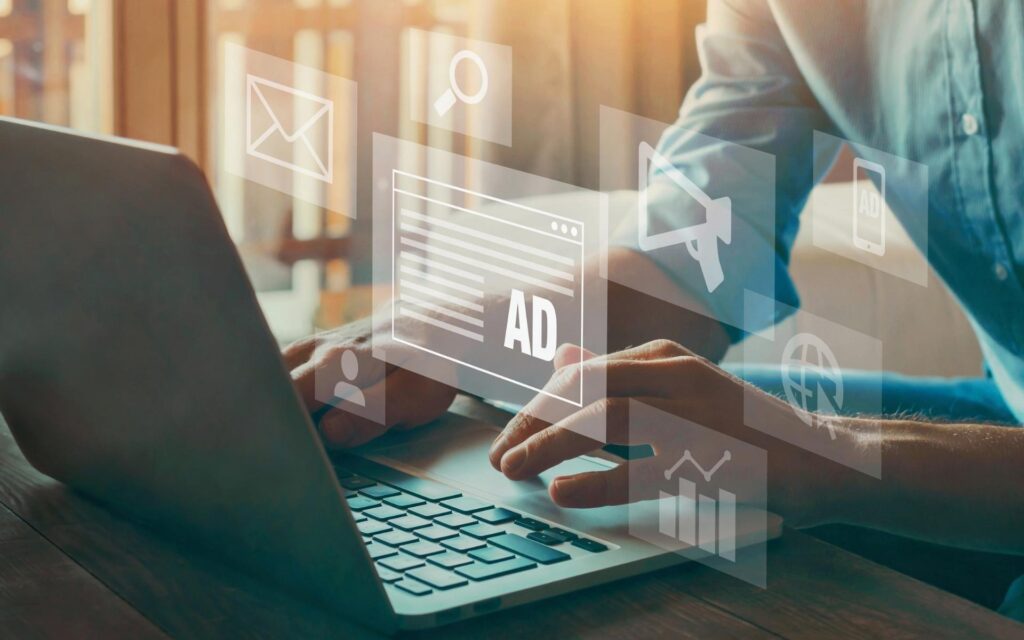Meta Lists 6 Culture Codes For Advertisers


Find out how brands can be helpful and relatable to users by adapting to the current culture codes developed by Meta, Facebook’s parent company.
Meta recently analyzed how professionally-produced content compares to content from “everyday living.”
Data suggests that brands are influenced by lo-fi content to increase ad recall and improve content views.
Why is this happening now?
Meta suggests it could be because of the accessibility to smartphones that gives us an unlimited audience.
Another theory is that brands need to share content faster and more often. Our attention spans are short!
The social media culture has changed dramatically. Users are increasingly sharing “real-life” stories and moments. They don’t expect perfection or polish from brands.
A study by YPulse revealed that 79% of users are tired of perfect images in advertisements.
Let’s look at six cultural codes Meta shared with us that brands can use.
#1: Real People Sharing Real Stories
Users are tired of ads that promise perfection. The reality is that the imagery doesn’t reflect our daily lives.
Brands that feature their employees or customers in real life can give credibility and, more importantly, a sense of relatability to your audience.
It adds authenticity to the brand’s experience by having the story told by someone else.
#2: Using Language Of The Platform
Brands can gain from the language of social platforms, but that doesn’t mean that language is literal (English, Spanish, etc.).
This means that brands can adopt and share recognized behavior across platforms. This could be an example of:
- Create your version of a viral routine or dance
- Use famous voiceovers or transition effects in videos
Language culture is essential because it provides reliability for the user.
#3: Building Relationships with Creators and Influencers To Increase Credibility
Meta’s research found that 63% of 18-34-year-olds trust the brand’s creator.
These people also trust creators more than the brand.
Context is the reason brands can reap the benefits of creator relationships.
Creators often have a way of telling a story about a brand or product in a way that brands cannot.
This makes your brand appear more authentic. Customers are being asked to trust other customers and not your own words.
You and your influencers can build credibility by using an outside source, such as a creator.
Cerebral is an online mental-health company. Cerebral has teamed up with Simone Biles (ex-medalist at the US Olympics) to promote mental health.
The ad uses an influencer to normalize discussion about mental health. Mental health can affect anyone, including celebrities and athletes.
#4: Taking users behind the scenes
Meta’s culture code is directly related to the study by YPulse mentioned earlier.
The users are sick of seeing unrealistic images and perfectly dressed-up photos.
Some users may find videos and imagery that are perfectly polished and unauthentic.
Taking users’ “behind-the-scenes” helps them to relate to you better. It doesn’t matter if you are sharing a “day in a life of” post with different departments or founders; it can help you show what your work is about.
They will learn what it takes for perfect content. It takes a lot more work than they realize!
#5: Using Lo-Fi Editing Techniques
Lo-fi editing and production tools are a competitive advantage for brands. These tools allow brands to portray a more handmade image than an airbrushed, polished look.
This is also a benefit from a relatability perspective because users don’t want perfection.
Some brands offer special classes to help you learn how to use lo-fi editing techniques and tools.
#6 – Using Humor to Break Down Boundaries
Brands that use humor in their content are more appealing to customers.
Humor can dispel a brand’s rigidity and need for perfection.
Charmin is an example of a brand that uses humor in its content. They devoured the #DollyPartonChallenge that was going vigorous and made it relatable to their trademark and their users.
It’s important to remember that humor can sometimes backfire. This Chase Bank example is an example.
Your users should read ads before you use them. Also, map any adverse reactions. In case of an emergency, it’s a good idea for you to have a plan for customer service.

